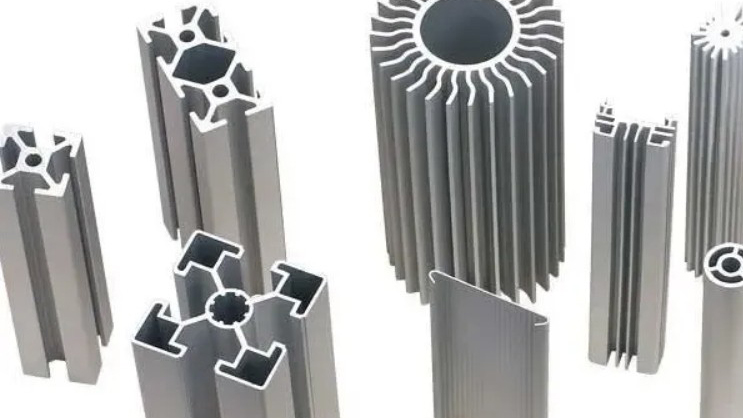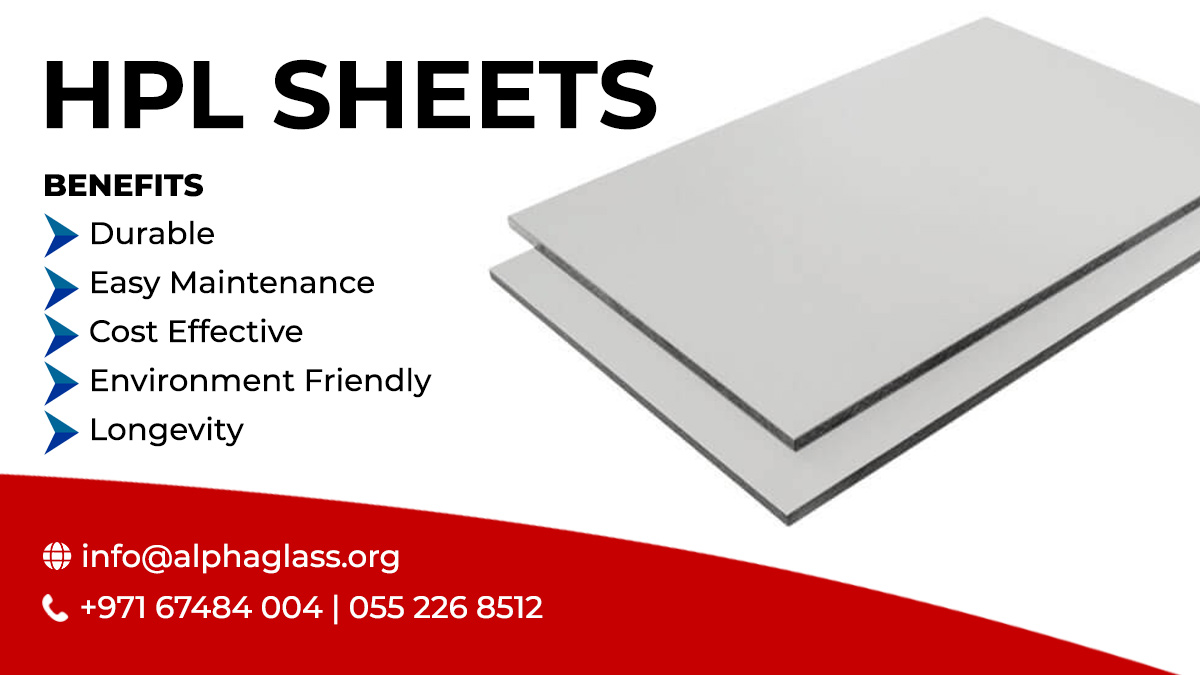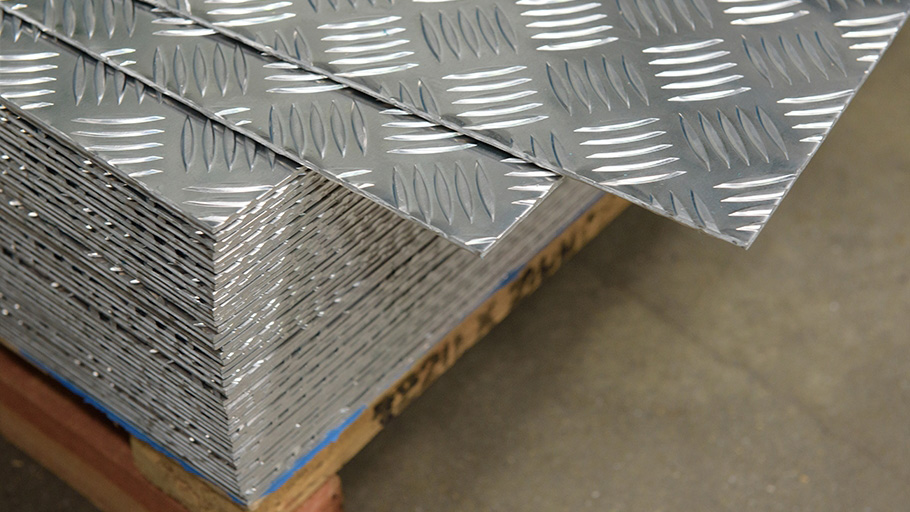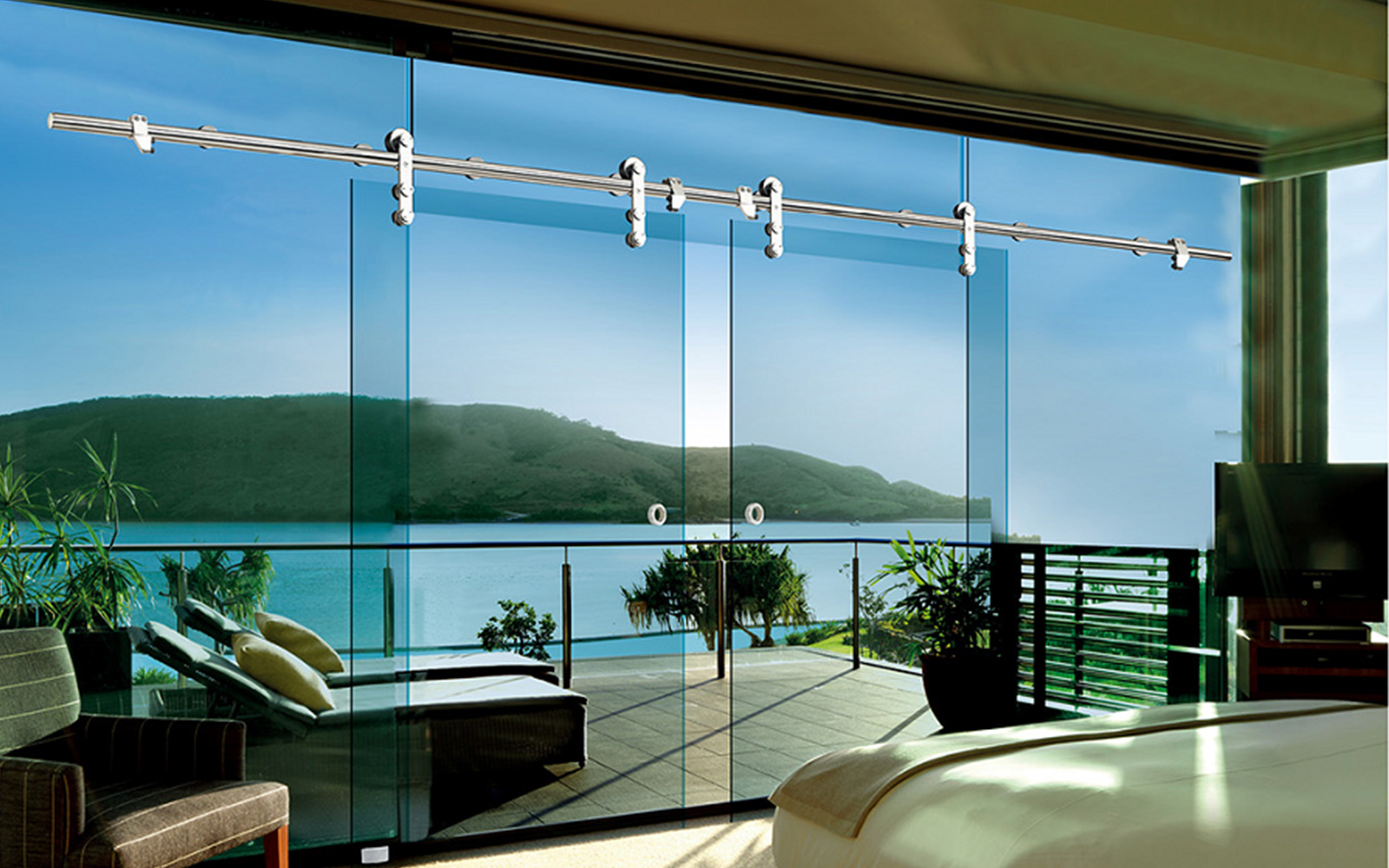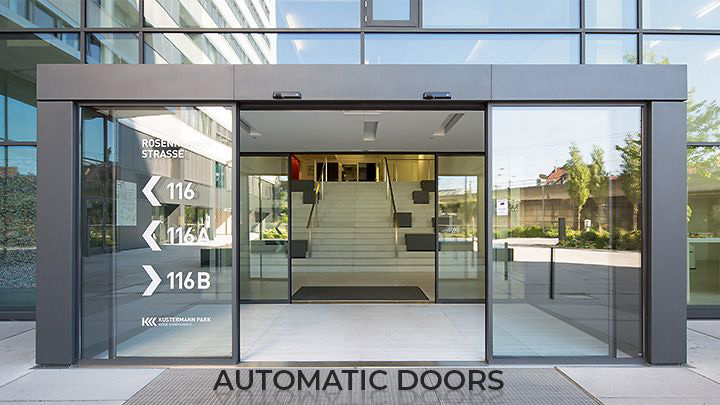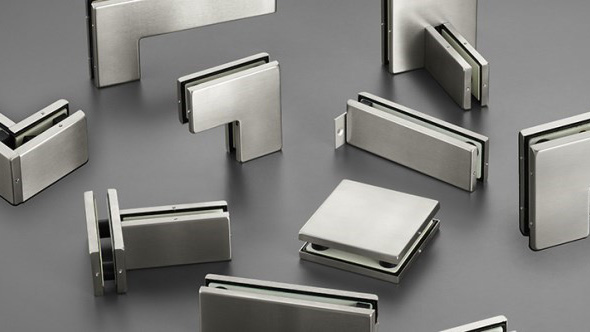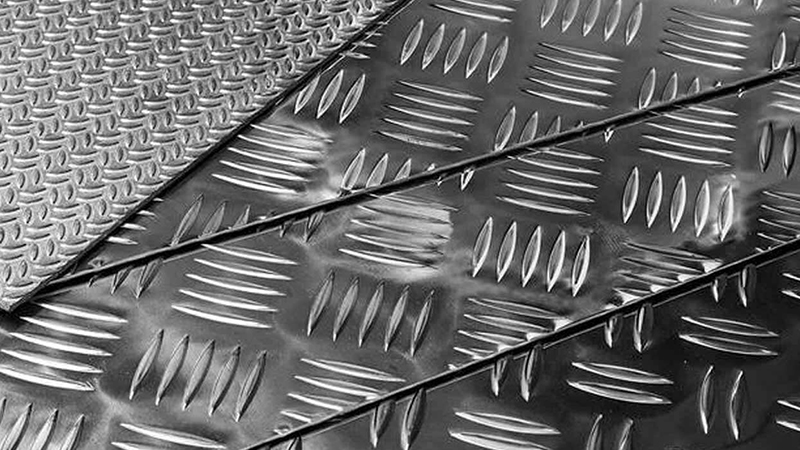Blog
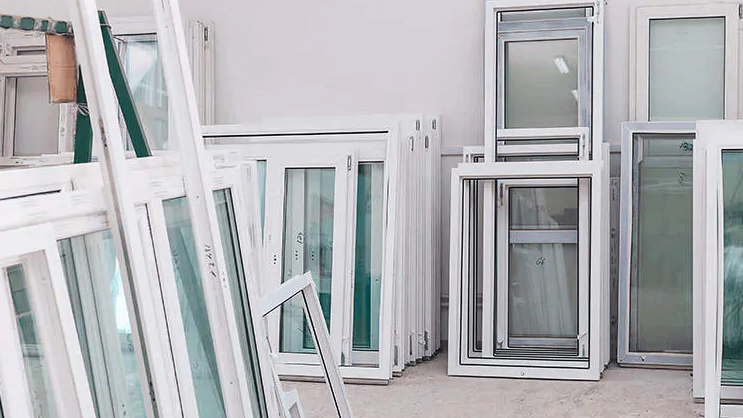
8
Dec
Aluminium vs uPVC – The ecofriendly alternative
- Published in : Aluminium
- Posted By: admin
- 8 Dec 2020
“Aluminium” positioned as the most popular among the metals offers abundant opportunities and benefits to many industries. Its stronger than steel but light weight.
uPVC or Unplasticized Poly Vinyl Chloride is produced by chemical composition and it has been a widely used as window and door material, across the world
It is important to consider all of the benefits and limitations, while taking into account the requirements for a specific project. Factors such as the building design, building performance, planning, sustainability and budget are to be considered before choosing the right material.
uPVC
- uPVC greatly improve the insulation in a room
- uPVC need less maintenance compared to wood and aluminium
- uPVC is cheaper than timber, but costlier than aluminium
- uPVC is a petro-chemical product so its not a sustainable resource
- uPVC emits toxic fumes in the event of a fire.
- uPVC frames can become discoloured as a result of exposure to the sun
Aluminium
- Aluminium is fully recyclable and can simply be remelted – without any loss of quality.
- Aluminium is extremely durable and light weight
- Aluminium is non-toxic, making it the best choice of food and health industry
- Aluminium windows have high thermal conductivity compared to uPVC
- Aluminium products require regular maintenance
- Being a natural product its susceptible to corrosion
The Verdict
From the list the advantages, aluminium outweigh its disadvantages mainly due to its recycling capability. The world’s supply of aluminium will not be exhausted within the next 1200 years. To be precise, there is enough aluminium to last a long time. Aluminium profiles will be used for many generations to come as we are moving towards an environment friendly approach
Working with the right aluminium fabricator allows you to overcome all the challenges faced by aluminium. Keep in touch with us to discuss about your project requirements
